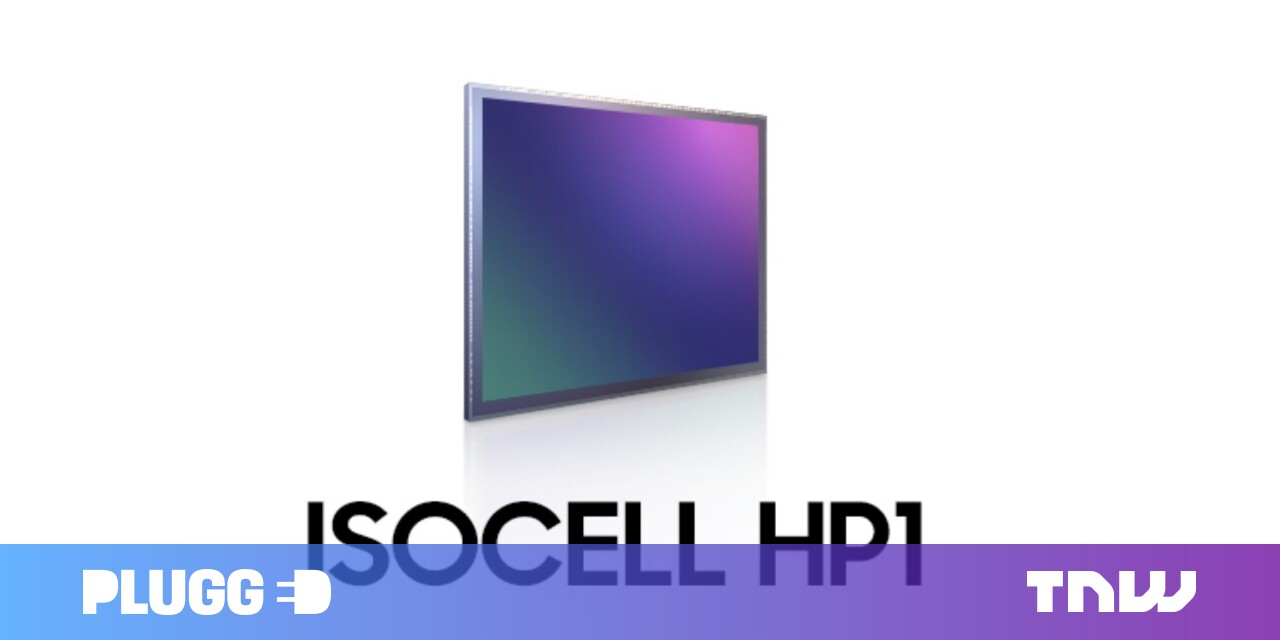
I remember the days when an 8-megapixel camera in a phone was a big deal — oh, how times have changed. 20 megapixels? Yawn. 50 megapixels? Whatevs. 100 megapixels? That’s fine, I guess.
200 megapixels is where it’s at. Samsung today announced its latest and greatest smartphone camera sensor, the Isocell HP1, a 200-megapixel beast that dwarfs even the highest-resolution professional cameras.
For reference, that’s enough theoretical resolution to fill up each pixel in a 4K display… 24 times. The effective resolution will naturally be lower due to the quality of the lens and processing, but still — that’s a whole lot of pixels.
That doesn’t mean you’ll actually get 200MP files out of it either; by default, these high-resolution sensors typically use pixel binning — essentially averaging multiple pixels into one ‘super pixel.’ In this case, Samsung is merging 16 pixels to provide one (theoretically) very good 12.5MP image. Alternatively, the sensor can bin four megapixels into 50MP images. That’ll also still allow it to take 8K video, which is a measly 33.2 megapixels.
This technology has the additional benefit of greatly improving low-light performance, and it makes digital zoom more effective as well, assuming the phone has the optics to match. It’s also just a massive sensor overall; at a 1/1.22-inch diagonal, it’s one of the biggest camera sensors in a phone, although it’s still smaller overall than Samsung’s own 50MP GN2 sensor.
While almost nobody actually needs this much resolution, especially if you’re just going to squeeze it into a tiny Instagram square, the end result should be better overall images. While there’s no word on which phones will use this sensor, new Samsung sensors don’t usually show up until a few months after the announcement; I’d expect this one to mostly show up in next year’s models.
Did you know we have a newsletter all about consumer tech? It’s called Plugged In – and you can subscribe to it right here.